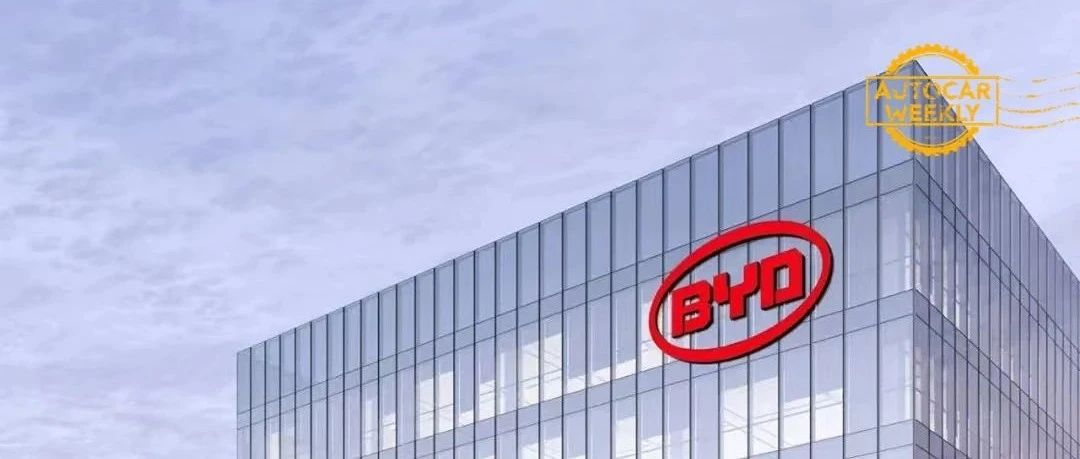BYD: A Remarkable Year in China’s New Energy Vehicle Industry
2022 is an extraordinary year in the development history of China’s new energy vehicle industry, and BYD is one of the most exceptional enterprises in the industry.
In a few days, the baton of leadership in the new energy vehicle market will pass from Tesla to BYD. Unless unexpected events occur, BYD’s sales will surpass Tesla’s and take the crown of the 2022 global new energy vehicle champion. Moreover, there is also an opportunity for BYD to become the annual sales champion of China’s passenger car market.
However, evaluating BYD solely on sales figures is not comprehensive. For an enterprise with a market value of nearly a trillion yuan, annual sales of nearly 2 million vehicles, a new energy vehicle penetration rate approaching 100%, and an industry-chain depth and breadth leading the pack, the system is the key to success. Today, we summarize what has made BYD what it is today in 2022. Is BYD a flash in the pan, or will it remain evergreen?
An extraordinary year
In 2020, almost no one thought that 2022 would be the year of BYD’s takeoff.
If we were to summarize BYD’s performance this year in one sentence, it would be: As China’s leading new energy vehicle enterprise, BYD has demonstrated to the world this year that Chinese new energy vehicle companies can compete on the global stage in terms of technology, products, and influence. This is BYD’s systemic success, as well as China’s systemic success in new energy vehicles.
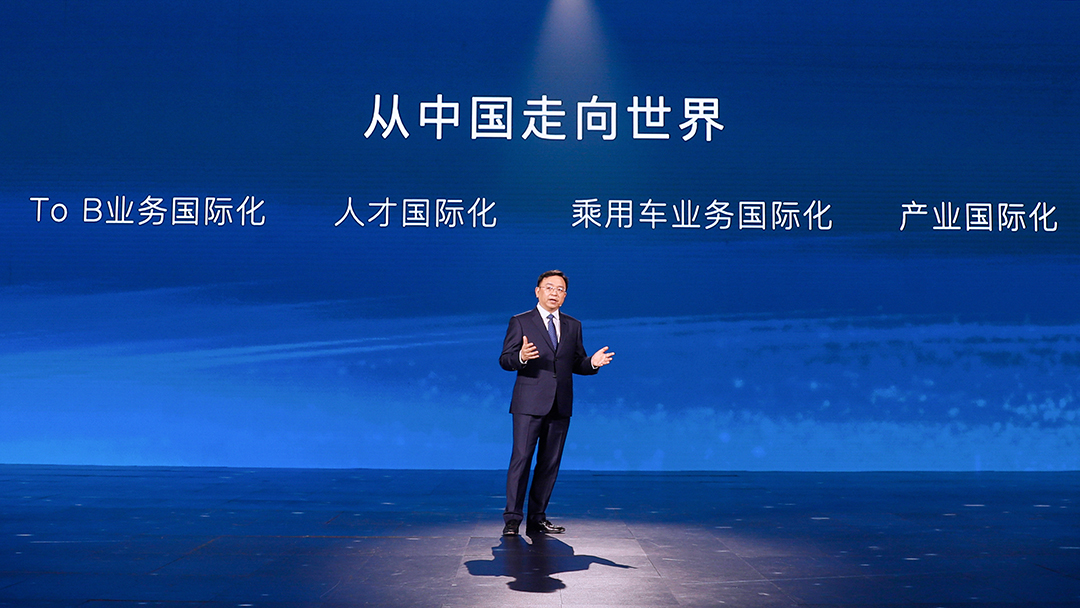
What is the core moat of a country’s automobile industry? It is the system.
Whether in the United States, Germany, Japan, or South Korea, the development of each country’s automobile industry has been a systemic victory. From Ganfeng Lithium to Defang Nano, from CATL to Weiseli, these leading enterprises constitute China’s automobile industry system, and BYD is a system unto itself.
Chinese industry organizations and media outlets tend to evaluate a car company’s performance based on sales volume. Let’s start with BYD’s sales figures. In 2021, BYD’s sales began to take off, and 2022 was the year of the skyrocketing sales for BYD:
Since the second half of this year, BYD’s monthly sales have repeatedly surpassed 200,000 units, surpassing Tesla on a global scale and firmly holding the top spot in global new energy vehicle sales. Even if fossil fuel vehicles are included, BYD has a good chance of exceeding both Northern and Southern Volkswagen’s annual sales figures and becoming the champion of China’s passenger car market sales.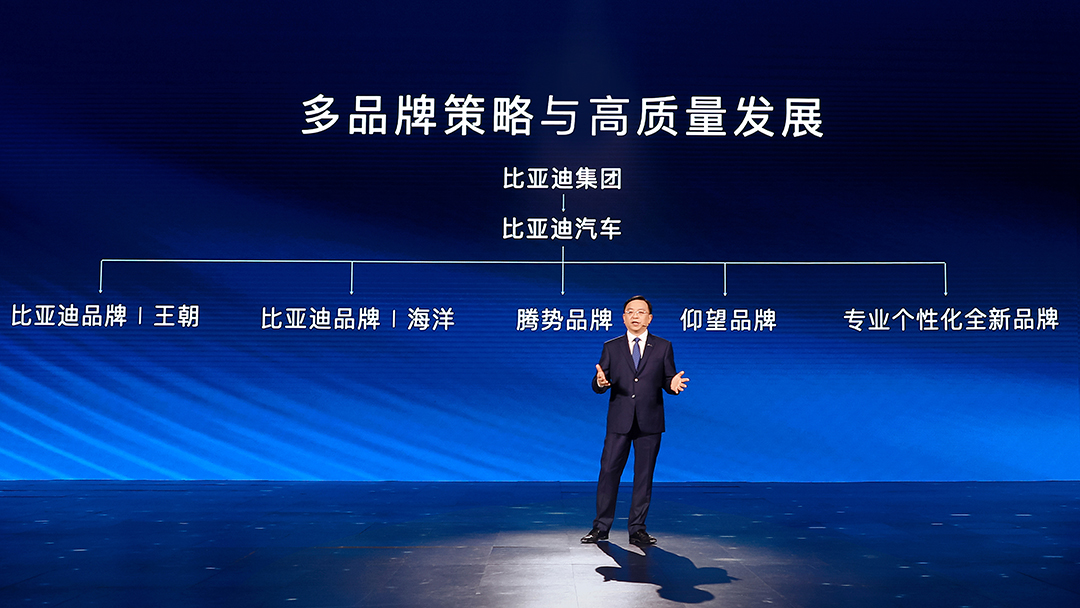
This is of great significance to BYD and even to China’s new energy vehicle industry. From the perspective of global influence of new energy vehicles, Chinese automakers have become “leading companies” in substance. From the perspective of product technology, new energy vehicle companies are launching a total attack on fuel vehicles, from “small beginnings” to “great accomplishments”.
It is meaningless to describe BYD with numbers. Two key points for BYD’s system success in 2022 are:
First, BYD has established technological barriers and truly become the “leader of the next generation of cars”;
The other is that BYD has established a complete product system by relying on “size tactics”.
The concept of the next generation of cars is not mentioned much in the industry. The so-called next-generation cars are mainly composed of pure electric vehicles and hybrid vehicles. In the future, almost all fuel vehicles will be replaced by hybrid vehicles, and the market size is far beyond imagination.
BYD is the only company in the industry that has taken the lead in both pure electric and hybrid powertrain technologies. Especially BYD’s DM technology has obvious advantages in the industry, and more importantly, the development of DM directly accelerates the increase of the penetration rate of new energy vehicles.
Lao Li has visited BYD several times this year. Many BYD friends mentioned that BYD’s success is due to “size tactics”, which includes industrial chain system, production capacity system, employee system, product system and so on. Lao Li believes that among them, consumers feel the most profound experience with the product system.

BYD’s Wangchao series includes the Han, Tang, Song, Qin, and Yuan dynasty models, while the Haiyang series consists of marine organisms and warship series. According to the official language, it has established a BYD brand (Wangchao, Haiyang), DENZA brand, Yangwang brand, and professional personalized new brand matrix, covering home use to luxury, from the masses to personalized needs of users in various scenarios.
Simply put, BYD’s product categories are more than the total number of categories of new car-making forces. Within the main sales range of 100,000 to 300,000 yuan, BYD has laid out diversified product categories and technology lines, and the high cost-effectiveness has brought high sales volume, which is difficult for any enterprise to achieve in the short term.## Hard Power is More Important Than Soft Power
BYD’s success in 2022 is undeniable, and capital market sellers, consulting firms, and industry institutions have begun to study what the key to BYD’s success is. This question is complex and difficult to answer accurately. Lao Li wants to share with everyone BYD’s strengths and challenges from the aspects of soft power and hard power.
What is the hard power of a car company? Technology, cost, products, etc. are all a company’s hard power, and in terms of hard power, BYD has no problems, as they have advantages in these areas.
When BCG evaluated BYD’s road to success, they described it in a sentence, “BYD’s success in 2022 is due to their core bottom strength of maintaining technology and cost. They have established a highly competitive price and product strategy and quickly captured market share.” Lao Li agrees with this statement, because the nature of commerce in all walks of life is this principle, and it is this simple.
BYD’s core strength is technology and cost.
The so-called technology mainly refers to innovation in the field of electrification, including the DM-i Super Hybrid, Blade Battery, and e-Platform 3.0 technologies. These technologies are undoubtedly at the forefront of the industry.
The so-called cost includes two aspects. First, the innovation of technologies such as the DM-i Super Hybrid, Blade Battery, and e-Platform 3.0 has helped BYD establish cost advantages. You will find that the price of the DM-i Super Hybrid is lower than that of Geely and Changan, and the price of lithium iron phosphate Blade Battery is also lower than that of CATL. Second, BYD has established cost advantages through the integration of the value chain. Through vertical integration of the industry chain, they have achieved pricing advantages, which everyone is very familiar with.
The technological and cost advantages enable BYD to adjust profit margins flexibly. Prior to 2020, BYD’s automotive segment’s profit margin could be controlled at about 25%. Starting from 2021, BYD gradually controlled the profit margin to around 20% or even lower, which is on par with traditional fuel vehicles.
Adjusting the profit margin gave BYD a terminal price advantage – the price of pure electric vehicles is lower than that of peers, and the price of hybrids rivals that of fuel vehicles. At the same time, BYD can also invest a large amount of cash flow in research and development, continuously establishing technological advantages, forming a positive cycle. Lao Li believes that BYD’s hard power is difficult to break in the short term.“`
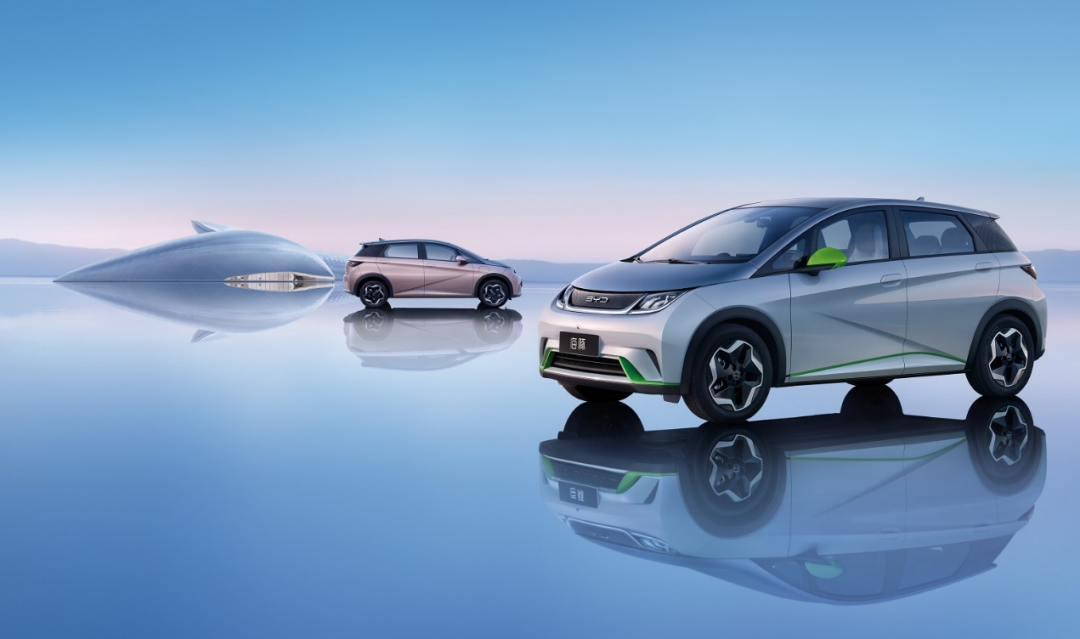
Aside from hard power, a car company should also have soft power. Lao Li believes that BYD has some risks in terms of soft power, but it does not mean that BYD has poor soft power. The risks include several aspects:
-
One is the decision-making ability. For any large-scale car company, its decisions will have significant impacts. BYD is no exception. According to Lao Li, many big and small decisions at BYD need to be pushed to the CEO level, which is conducive to strategic implementation, but it reduces the operational efficiency of the business and leads to the lack of layout in many areas that should have been covered.
-
Second, it is the organizational problem brought by the “volume strategy”. BYD’s system is too large. Under the huge scale, the coordination of the organizational structure is prone to problems. The slow decision-making among departments hinders the development of innovative businesses.
In fact, these problems exist in any enterprise, especially state-owned enterprises and startups. The single organizational problems may lead to the failure of startups, but for BYD, which is like an aircraft carrier, its ability to resist risks will be stronger. Only when systemic problems continue to occur will people realize the risks.
What are the challenges in the new year?
Recently, the capital market has been making predictions about the 2023 market. Many institutions predict that BYD will have a chance to reach 3 million units in sales next year. According to the rule, with an annual sales volume of 3 million units, BYD will have the opportunity to continue to occupy the crown and widen the gap with the second place.
Although the capital market is optimistic, Lao Li has a neutral and slightly pessimistic view:
-
First, no independent Chinese car company has ever reached a sales volume of 3 million units per year. When Great Wall and Geely broke through the 1 million or 1.5 million unit sales thresholds in the past, they encountered supply and demand bottlenecks. BYD is also unlikely to escape this industry rule.
-
Second, BYD still faces significant internal and external pressure on both the capital and industry ends. There is a possibility of adjusting the “volume strategy” and changing the overall strategy from “increasing quantity” to “increasing profit”. But the industry believes that BYD is more likely to maintain the former strategy next year.
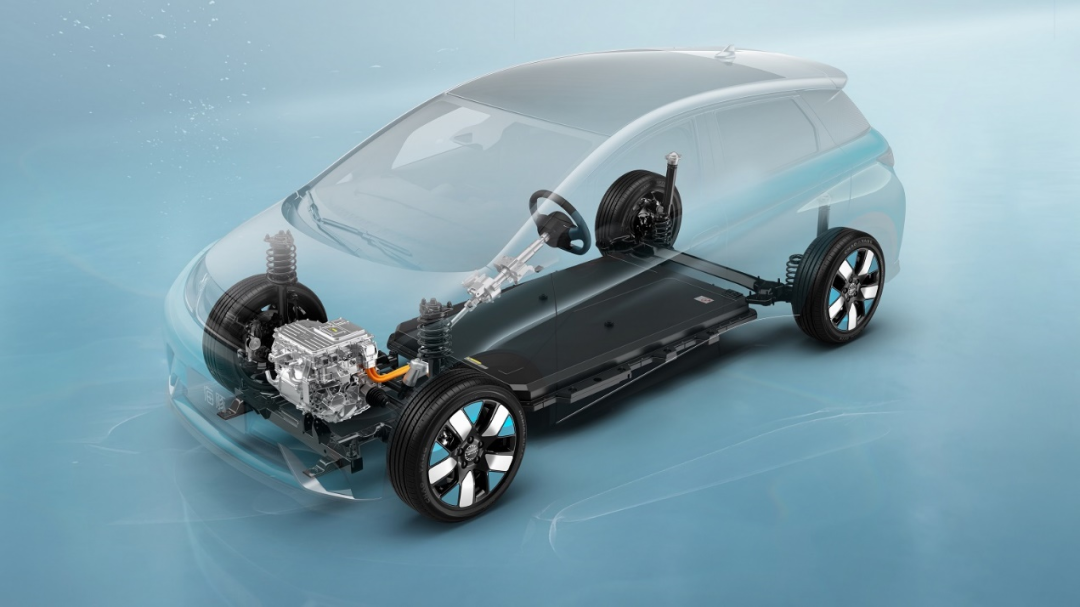
“`BYD has two reasons for not “increasing gross profit”: first, BYD has maintained downstream price advantage by reducing unit gross profit in the past two years; second, BYD has continually increased R&D investment in the past five years, which has dragged down its overall profits. Prior to 2017, BYD’s annual R&D investment was at a level of 5-6 billion yuan. From 2018 to 2020, it increased to more than 8 billion yuan. Since last year, the annual R&D investment has surged to more than 10 billion yuan.
The capital market does not oppose BYD’s “increase in volume”, but pays more attention to “increasing gross profit”, which is contradictory from the perspective of the industry. Lao Li believes that this will bring certain variables to BYD’s development.
Industry pressure comes from both supply and demand. We won’t delve into external market demand and industry development rules as they are difficult to quantify. Lao Li and everyone will take a look at the supply side, the supply chain, and production capacity. Although BYD has been striving to ensure supply, many people believe that in 2023, BYD’s sales may be affected due to insufficient production capacity of key materials such as blade batteries and chips.
In terms of battery production capacity, BYD’s production capacity increased by more than half in 2022. However, due to the epidemic, many new factories still face production capacity climbing issues. If BYD’s orders explode in 2023, its battery production capacity may not keep up.
There are also certain challenges in the chip sector. Although BYD has produced some automotive chips, MCU, PMIC and other chips still rely heavily on external suppliers. Whether upstream enterprises can guarantee 3 million units of supply capacity is still unknown.
Compared with batteries and chips, the pressure on the production capacity of whole vehicles will be relatively small. Based on the three major factories in Shenzhen, Changsha, and Xi’an, it is highly likely that the new base can achieve a production capacity of more than 3 million units.
Some friends in the secondary market have also raised concerns about BYD’s external competitiveness. In terms of pure electric vehicles, new carmaking forces and traditional capital brands will further increase their efforts. In terms of hybrid vehicles, domestic brands such as Great Wall, Geely, and others may have a certain impact on BYD DM’s market share. Lao Li believes that the market for new energy is still growing, and the incremental market will be much larger than the impact.

Overall
Overall, despite the considerable internal and external pressures and the need to evaluate the 3 million units sold, it is highly probable that BYD will continue to lead next year’s sales. It is foreseeable that BYD’s explosive growth will have a significant impact on the development of economic new energy brands, further compressing the window period for traditional car companies to transition to electric vehicles, which is not only the success of BYD, but also the success of China’s automotive industry’s self-iteration.
This article is a translation by ChatGPT of a Chinese report from 42HOW. If you have any questions about it, please email bd@42how.com.
